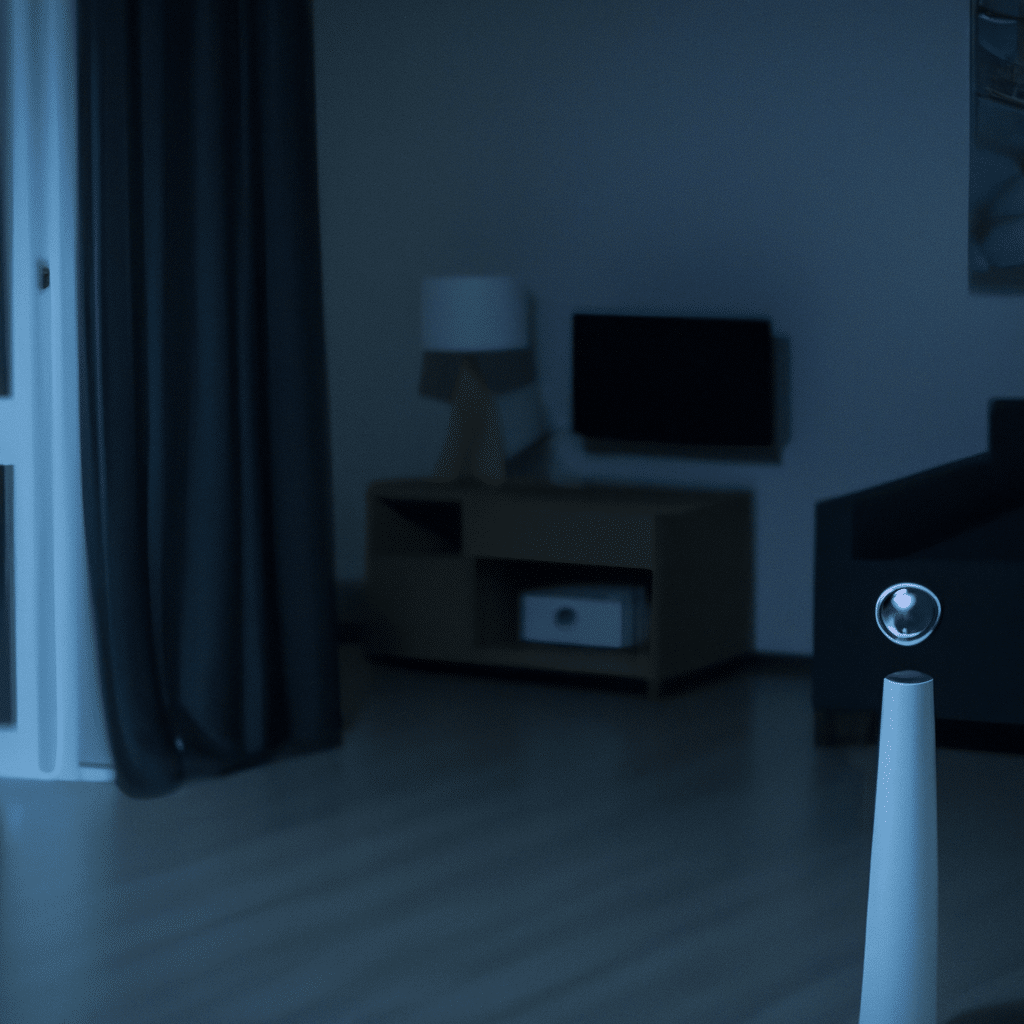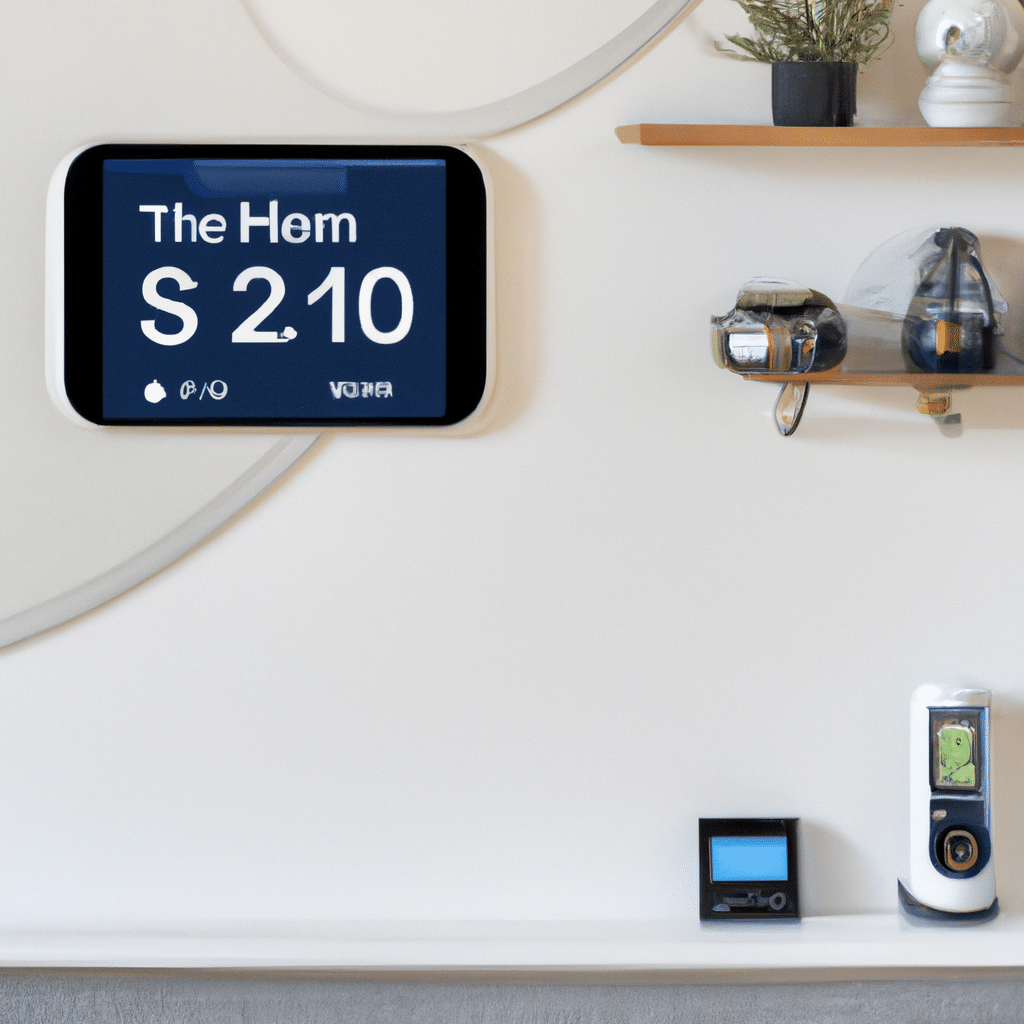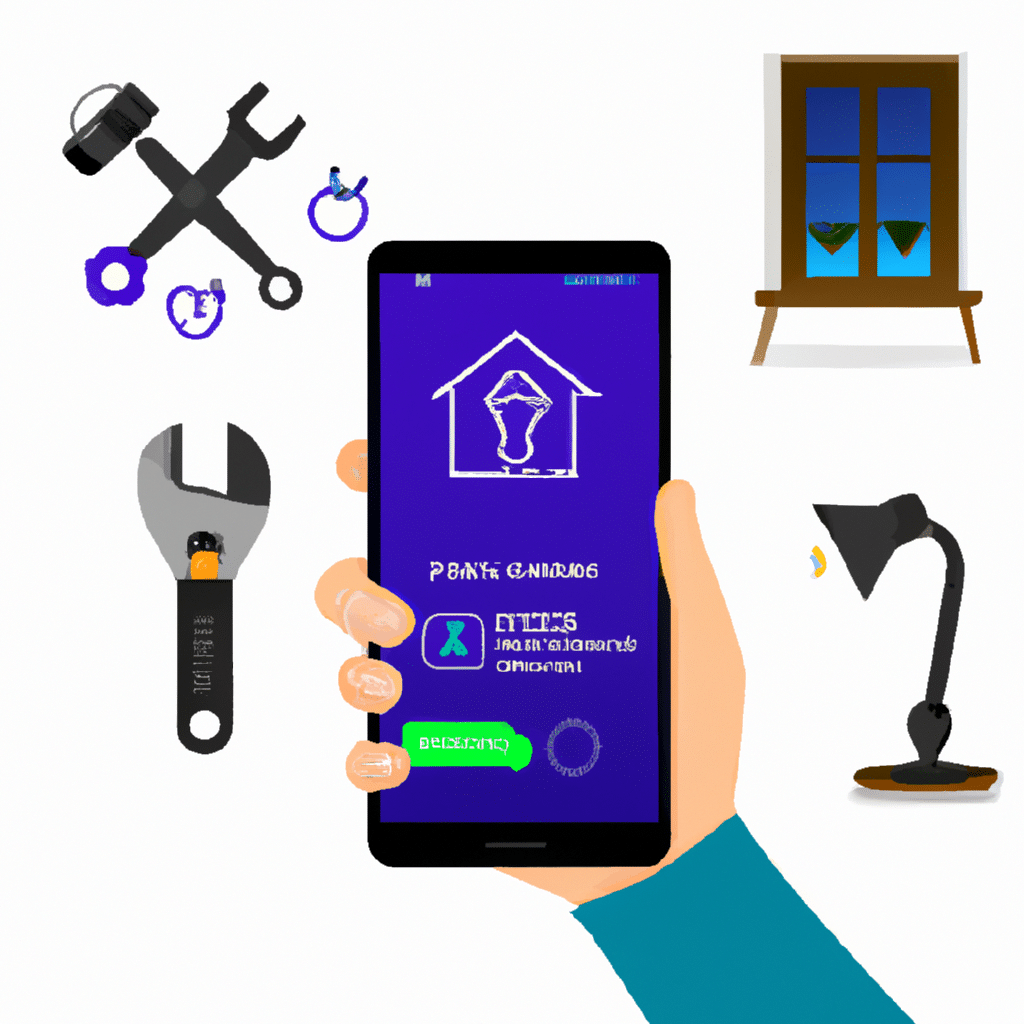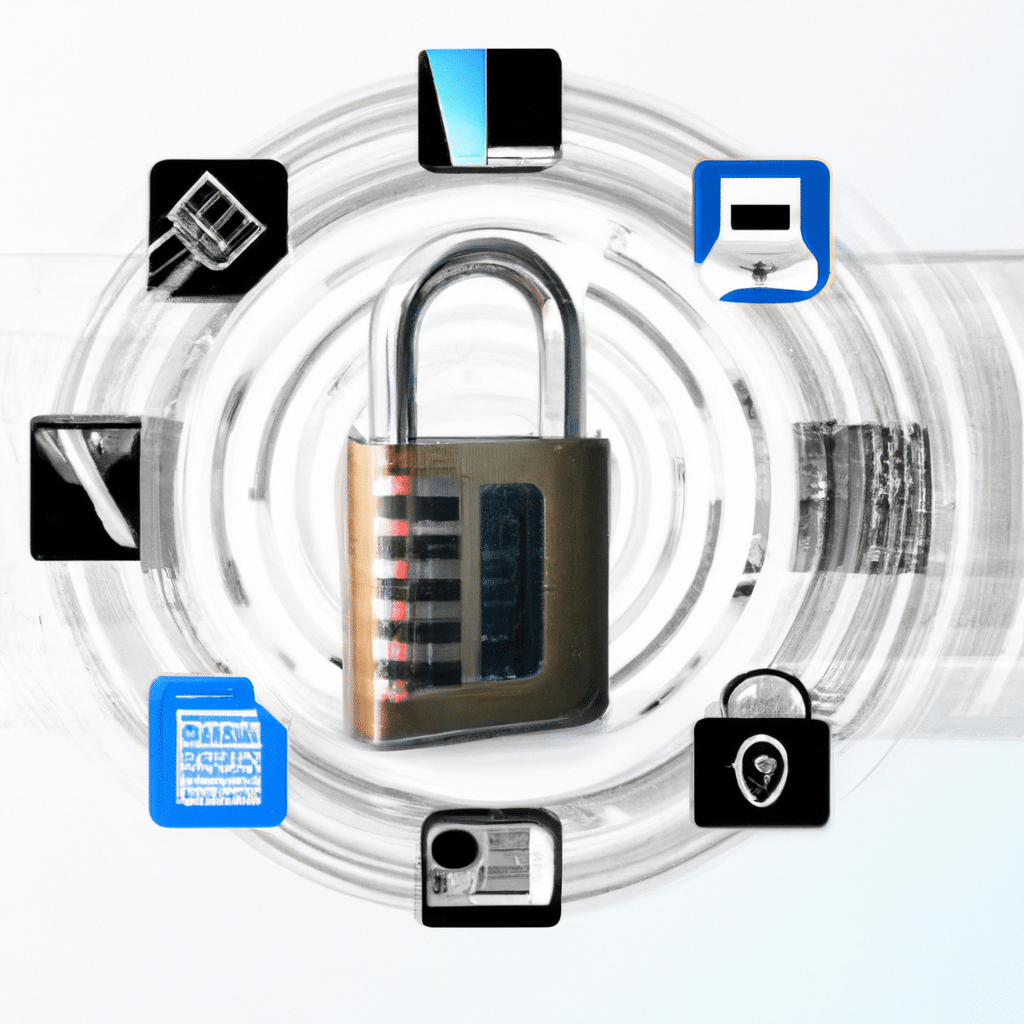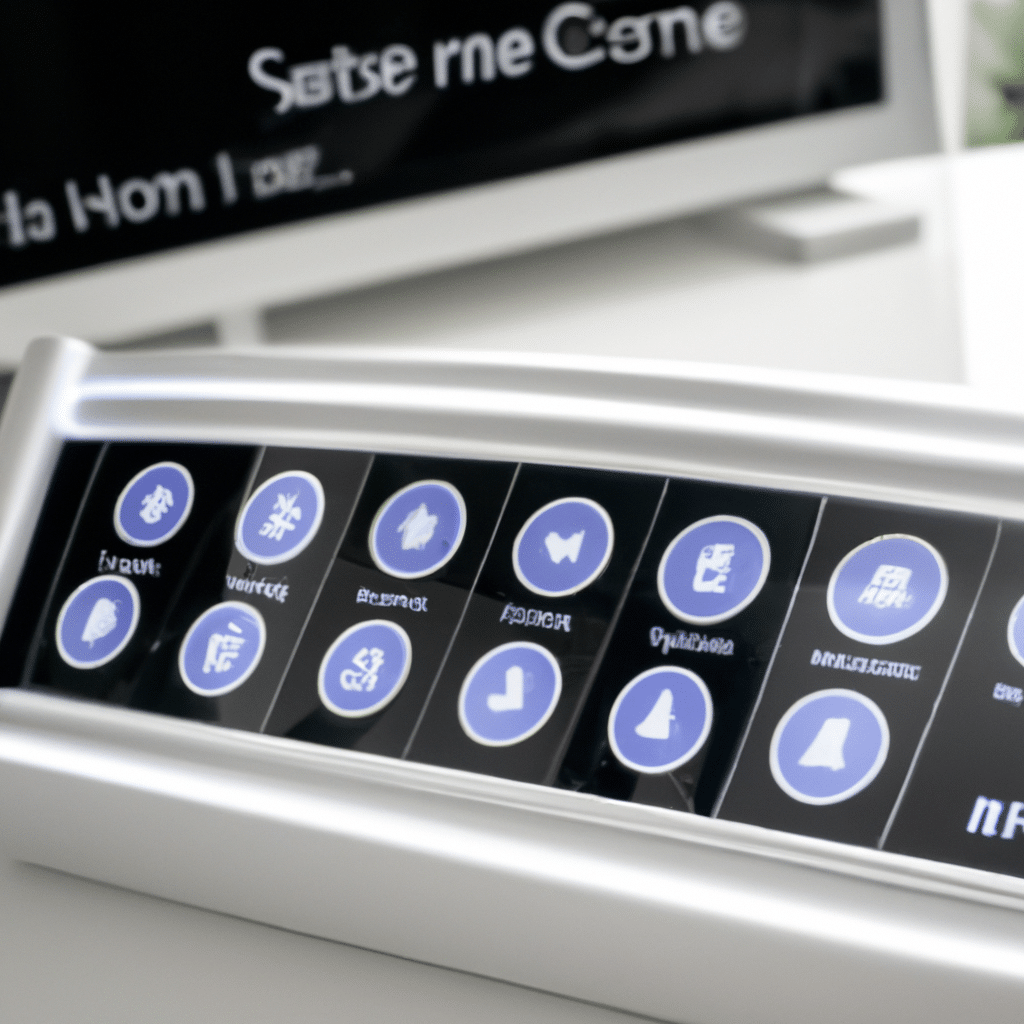
In this comprehensive guide, we will reveal the secrets to maintaining your smart home systems for decades. As technology continues to advance, smart home devices have become increasingly popular, offering convenience, security, and energy efficiency. However, without proper maintenance, these systems may not live up to their full potential. We will explore the best practices and tips to ensure your smart home remains efficient, reliable, and future-proof.
Understanding the Basics of Smart Home Systems
Before we delve into the maintenance strategies, it’s essential to understand the basics of smart home systems. These systems consist of interconnected devices that automate various aspects of your home, such as lighting, security, temperature control, and entertainment. They are typically controlled through a central hub or smartphone app, enabling you to monitor and manage your home remotely.
Regular Software Updates for Enhanced Performance
One of the key elements in maintaining your smart home systems is to ensure all devices and their associated software are up to date. Just like any other technological device, smart home devices receive regular updates from manufacturers. These updates often include bug fixes, security patches, and performance enhancements.
To ensure your smart home systems remain optimized, it is crucial to enable automatic updates whenever possible. Manufacturers frequently release new features and improvements, which can enhance the functionality and security of your devices. By keeping your devices updated, you can stay ahead of potential vulnerabilities and enjoy the latest advancements in smart home technology.
Safeguarding Your Smart Home Network
As your smart home systems rely on a network connection, it is paramount to prioritize network security. Implementing robust security measures will protect your devices from unauthorized access and potential cyber threats. Here are some essential steps to safeguard your smart home network:
- Secure your Wi-Fi network: Change the default network name (SSID) and password of your Wi-Fi router to something unique and strong. Avoid using common or easily guessable passwords.
- Enable network encryption: Utilize WPA2 or the latest WPA3 encryption protocols to secure your network. These protocols provide a higher level of security compared to older encryption methods.
- Create a guest network: If your router supports it, set up a separate guest network for visitors. This ensures that your primary network and smart devices remain isolated from potential security risks.
- Implement a firewall: Enable the built-in firewall on your router or consider using a dedicated firewall device to add an extra layer of protection.
- Regularly update your router’s firmware: Just like software updates for individual devices, manufacturers often release firmware updates for routers. These updates address security vulnerabilities and enhance overall performance.
By following these network security practices, you can significantly reduce the risk of unauthorized access to your smart home systems.
Protecting Your Smart Home Devices
In addition to securing your network, it’s important to take measures to protect your individual smart home devices. These devices, such as smart locks, cameras, thermostats, and voice assistants, can be vulnerable to attacks if not properly safeguarded. Here are some tips to protect your smart home devices:
- Change default usernames and passwords: When setting up your smart home devices, always change the default usernames and passwords. Use strong, unique passwords for each device to minimize the risk of unauthorized access.
- Disable unnecessary features: Review the settings of your devices and disable any unnecessary features or services. This reduces the attack surface and potential vulnerabilities.
- Regularly check for firmware updates: Just like software updates, manufacturers release firmware updates for smart home devices. Regularly check for updates and apply them to keep your devices secure and up to date.
- Use two-factor authentication (2FA): Whenever possible, enable two-factor authentication for your smart home accounts. This adds an extra layer of security by requiring a second form of verification, such as a code sent to your smartphone, when logging in.
- Review device permissions: Periodically review the permissions granted to your smart home devices. Remove unnecessary access permissions to mitigate potential privacy risks.
By implementing these protective measures, you can minimize the chances of unauthorized access and ensure the longevity of your smart home devices.
Proper Device Maintenance for Longevity
Beyond network and device security, proper maintenance of your smart home devices plays a vital role in their longevity. Here are some maintenance tips to keep your devices running smoothly:
- Clean and dust regularly: Dust and debris can accumulate on your smart home devices, affecting their performance and longevity. Regularly clean and dust your devices using a soft, lint-free cloth to prevent any buildup.
- Check for physical damage: Inspect your devices for any signs of physical damage, such as cracks, loose connections, or exposed wires. Address any issues promptly to prevent further damage and potential malfunctions.
- Monitor battery health: If your smart home devices are battery-powered, regularly monitor their battery health. Replace batteries as needed to ensure uninterrupted operation.
- Manage storage capacity: Smart home devices that store data, such as security cameras or smart doorbells, may have limited storage capacity. Regularly review and manage the storage to avoid reaching capacity, which can lead to data loss or device malfunctions.
By incorporating these maintenance practices into your routine, you can extend the lifespan of your smart home devices and maximize their functionality.
Embracing Interoperability and Future-Proofing
As technology evolves, it’s essential to consider the interoperability and future-proofing of your smart home systems. Investing in devices that support industry-standard protocols, such as Zigbee or Z-Wave, ensures compatibility with a wide range of products and future advancements. Additionally, choosing devices from reputable manufacturers who have a track record of providing updates and support can also contribute to the longevity of your smart home systems.
Conclusion
In conclusion, maintaining your smart home systems for decades requires a proactive approach. By staying vigilant with software updates, prioritizing network and device security, and implementing proper maintenance practices, you can ensure the longevity and optimal performance of your smart home devices. Embracing interoperability and future-proofing also allows for seamless integration with new technologies as they emerge. With these secrets unveiled, you are now equipped to enjoy the full potential of your smart home systems for years to come.



